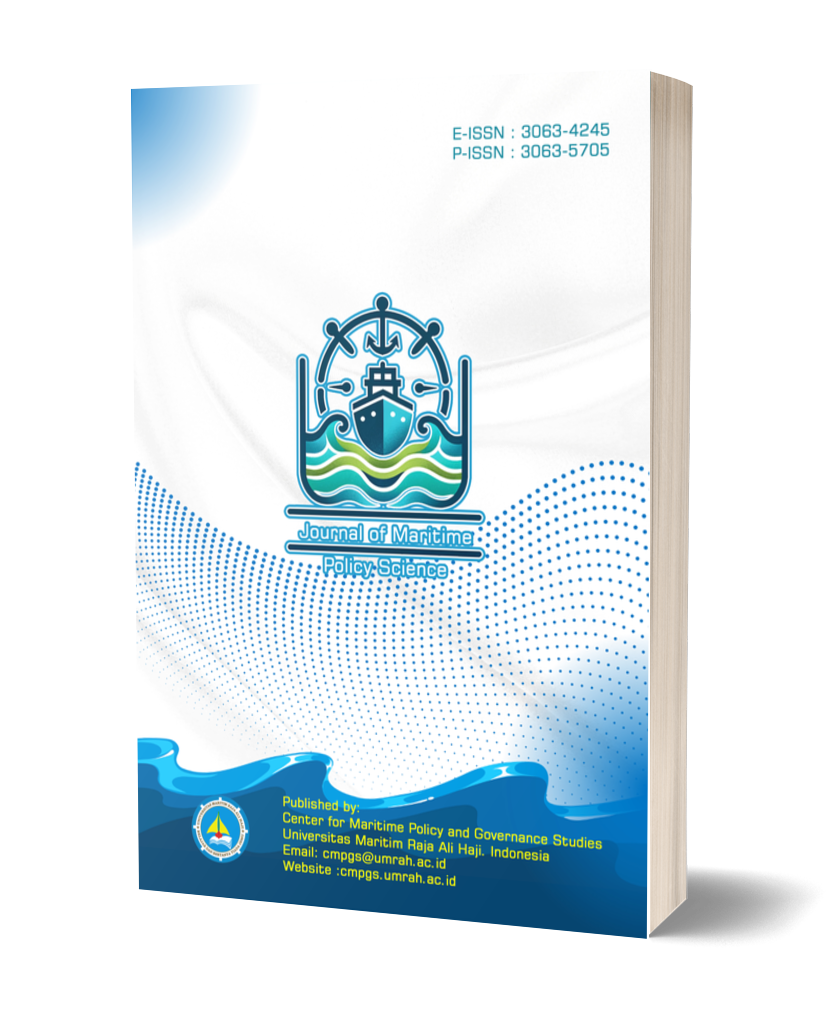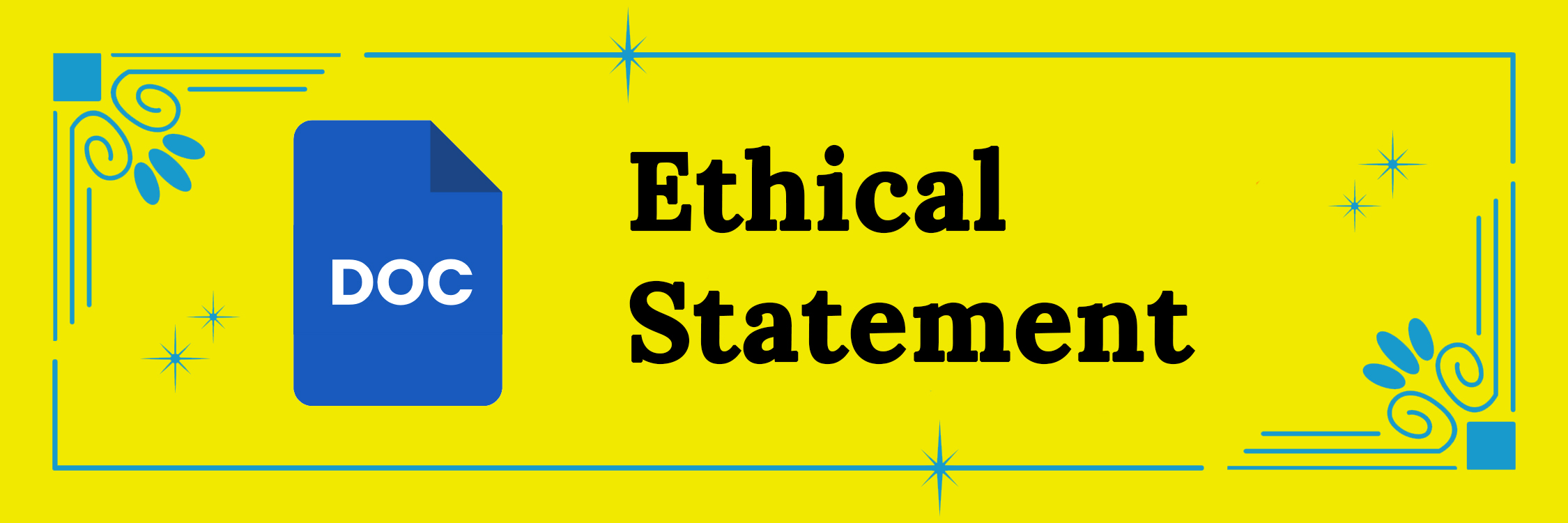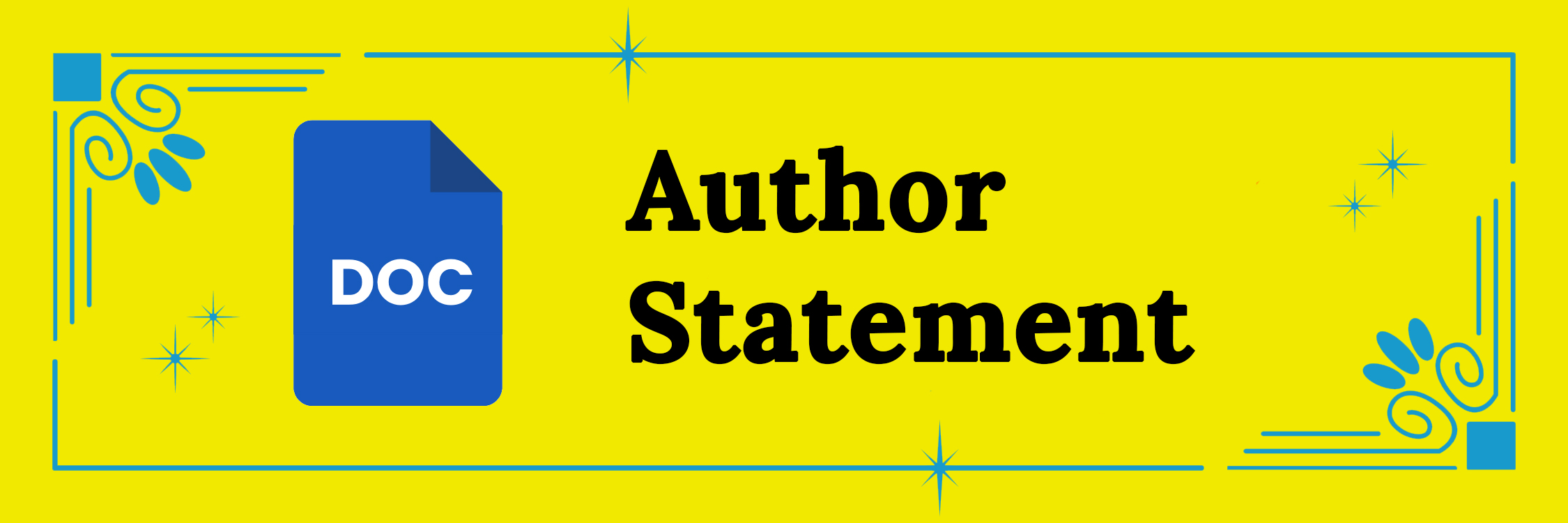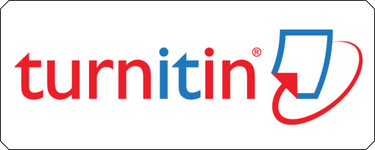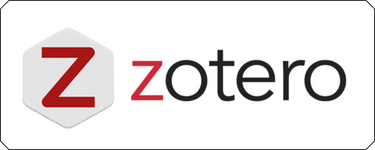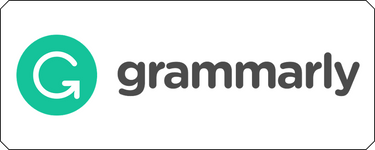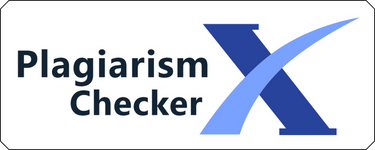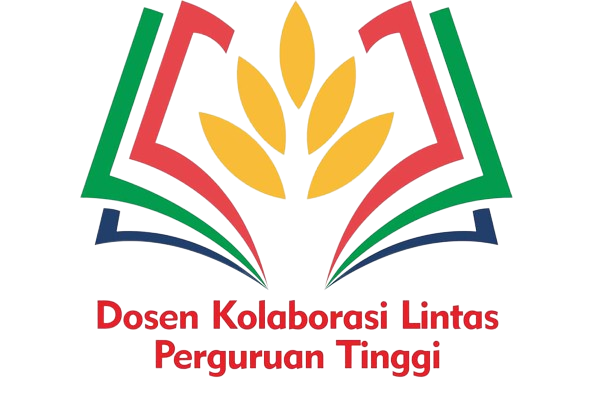Optimization of Human Resources (HR) to Support Blue Economy in Riau Island Province
DOI:
https://doi.org/10.31629/jmps.v1i3.6945Keywords:
Blue Economy, Human Resources, Pentahelix Collaboration, SustainabilityAbstract
Riau Island Province (Kepri) has great potential to support blue economy policies with its territory dominated by oceans (96%) and strategic position on the ASEAN border. Blue economy is an important approach to integrating maritime sectors such as fisheries, marine tourism, renewable energy, and marine technology sustainably. This article aims to analyze the challenges and opportunities in optimizing local human resources (HR) to support the implementation of blue economy policies in Kepri, in order to realize the vision of "Kepri Permata Biru 2045." This study uses a descriptive qualitative method with a phenomenological approach to understand the interaction between government, society, academics, the private sector, and media (Pentahelix Collaboration). Primary and secondary data were obtained through interviews, literature studies, and official documents such as RPJPD and RPJMD. This approach helps explore the dynamics of stakeholders in inclusive and sustainable blue economy governance. The results of the study show that although Kepri has great potential in maritime resources, the implementation of blue economy policies is faced with challenges such as limited inter-regional connectivity, low quality of human resources, and lack of maritime infrastructure. In addition, synergy between actors in collaborative governance is still weak. However, great opportunities can be utilized through investment in marine technology, human resource training, and strengthening the role of local communities
Downloads
References
Akbar, D., Anggria Pratama, R., Yudho, Y., Lisnawati Sianturi, R., & Triyana, N. (2022). Strategi Pengembangan Blue Economy Wilayah Perbatasan Indonesia: Tata Kelola Ekonomi Maritim Pesisir Riau Island. NeoRespublica: Jurnal Ilmu Pemerintahan, 4(1), 166–177. https://doi.org/10.52423/NEORES.V4I1.8
Arfandi, A., & Adhayanto, O. (2017). Kebijakan Pengembangan Pariwisata Berbasis Kemaritiman (Studi Pada Kabupaten Kepulauan Anambas). KEMUDI: Jurnal Ilmu Pemerintahan, 1(2), 104-117.
Ayilu, R. K., Fabinyi, M., & Barclay, K. (2022). Small-scale fisheries in the blue economy: Review of scholarly papers and multilateral documents. Ocean & Coastal Management, 216, 105982. https://doi.org/10.1016/J.OCECOAMAN.2021.105982
Carter, D. B., & Poast, P. (2015). Why Do States Build Walls? Political Economy, Security, and Border Stability: Journal of Conflict Resolution, 61(2), 239–270. https://doi.org/10.1177/0022002715596776
Dervojeda, K. (2013). The sharing economy: Accesbility based business models. European Commission.
Rochwulaningsih, Y. (2019). Marine policy basis of Indonesia as a maritime state: The importance of integrated economy. Marine Policy,. https://sci-hub.se/10.1016/j.marpol.2019.103602
Sjögren Forss, K., Kottorp, A., & Rämgård, M. (2021). Collaborating in a penta-helix structure within a community based participatory research programme: ‘Wrestling with hierarchies and getting caught in isolated downpipes.’ Archives of Public Health, 79(1), 1–13. https://doi.org/10.1186/S13690-021-00544-0
Smith-Godfrey, S. (2016). Defining the Blue Economy. Maritime Affairs: Journal of the National Maritime Foundation of India, 12(1), 58–64. https://doi.org/10.1080/09733159.2016.1175131
Sutardjo, S. C. (2012). Kebijakan ekonomi kelautan dengan model ekonomi biru. KKP-Dewan Kelautan Indonesia. //perpustakaan.kkp.go.id%2Fknowledgerepository%2Findex.php%3Fp%3Dshow_detail%26id%3D13238
Tirumala, R. D., & Tiwari, P. (2022). Innovative financing mechanism for blue economy projects. Marine Policy, 139, 104194. https://doi.org/10.1016/J.MARPOL.2020.104194
Vedachalam, N., Ravindran, M., & Atmanand, M. A. (2018). Technology developments for the strategic Indian blue economy. Marine Georesources & Geotechnology, 37(7), 828–844. https://doi.org/10.1080/1064119X.2018.1501625
Voyer, M., Quirk, G., McIlgorm, A., & Azmi, K. (2018). Shades of blue: what do competing interpretations of the Blue Economy mean for oceans governance? Journal of Environmental Policy & Planning, 20(5), 595–616. https://doi.org/10.1080/1523908X.2018.1473153
Voyer, M., Schofield, C., Azmi, K., Warner, R., McIlgorm, A., & Quirk, G. (2018). Maritime security and the Blue Economy: intersections and interdependencies in the Indian Ocean. Journal of the Indian Ocean Region, 14(1), 28–48. https://doi.org/10.1080/19480881.2018.1418155
Widowati, N., & Larasati, E. (2021). The Pentahelix Stakeholders Analysis on Tourism Development in Tanjungpinang. https://doi.org/10.4108/eai.9-10-2020.2304793
Wright, C. F., Wailes, N., Bamber, G. J., & Lansbury, R. D. (2017). Beyond National Systems, Towards a ‘Gig Economy’? A Research Agenda for International and Comparative Employment Relations. Employee Responsibilities and Rights Journal, 29(4), 247–257. https://doi.org/10.1007/S10672-017-9308-2
Downloads
Published
Issue
Section
License
Copyright (c) 2024 Afrian Ginanjar, Ade Adriyadi

This work is licensed under a Creative Commons Attribution-ShareAlike 4.0 International License.
You are free to:
- Share — copy and redistribute the material in any medium or format for any purpose, even commercially.
- Adapt — remix, transform, and build upon the material for any purpose, even commercially.
- The licensor cannot revoke these freedoms as long as you follow the license terms.
Under the following terms:
- Attribution — You must give appropriate credit, provide a link to the license, and indicate if changes were made . You may do so in any reasonable manner, but not in any way that suggests the licensor endorses you or your use.
- ShareAlike — If you remix, transform, or build upon the material, you must distribute your contributions under the same license as the original.
- No additional restrictions — You may not apply legal terms or technological measures that legally restrict others from doing anything the license permits.


